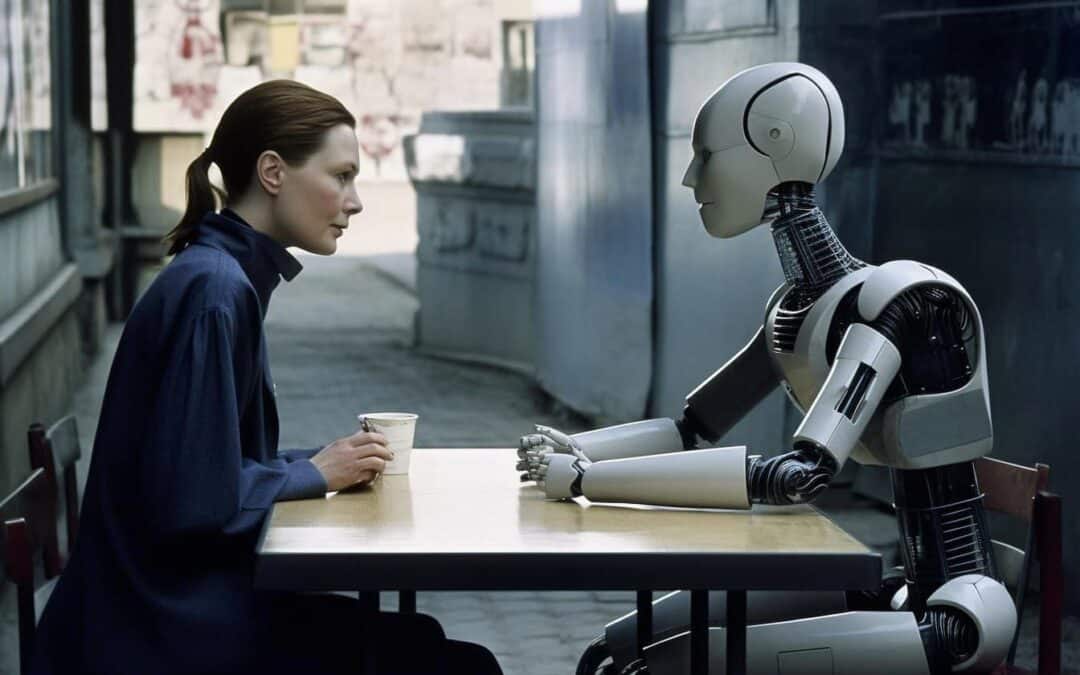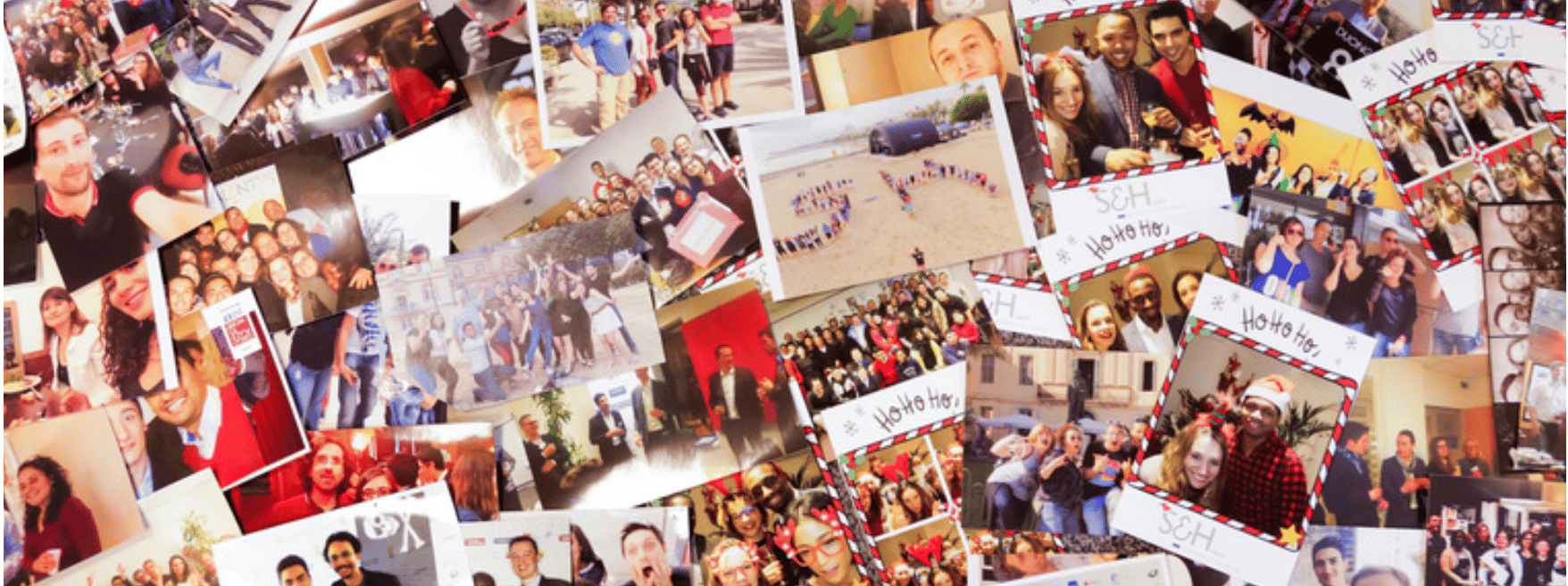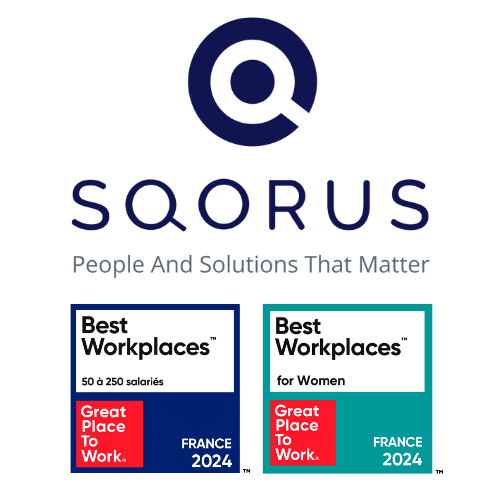Many people today associate the digital transformation of organizations with the use of artificial intelligence (AI), inducing a sense of the inevitability of “disruption”.
This perception needs to be qualified. In reality, the contribution of historical AIs and their recent generative cousins to the digital transformation of organizations can be seen as “incremental”.
Between gradual evolution and technological revolution, what’s the way forward? Is the integration of AI into the digital transformation of organizations really the much heralded point of no return?
AI and digital transformation: disruption or rupture
The foundations of disruption according to Christensen
Disruption was popularized by Clayton Christensen in his book “The Innovator’s Dilemma: When New Technologies Cause Great Firms to Fail” (1997). It’s a process whereby radical innovations disrupt established markets.
Reality on the ground: between myth and pragmatism
But this disruptive tidal wave doesn’t always happen; the “disruptive everything” we’ve already seen in training innovation is actually more of a received idea. The contribution of AI in general has been more wisely and pragmatically welcomed by a number of players in the retail, freight and hotel industries (Galeries Lafayette, Maersk, Accor) as a tool for anticipating and modernizing in the face of global market changes, rather than as a means of radically transforming existing models.
2021: Facebook positions itself as a pioneer of metavers, renaming the Group “Meta”, and suffers a notable setback. The change of identity, followed more by announcements than real proposals and actions, (almost) nipped Metavers and its developments in the bud. This new christening was confined to the event, and prolonged Facebook’s historic positioning: to be the first. A good hook, certainly, but insufficient in this case.
Christensen emphasizes that disruption is a process, not an event. Mr. Zuckerberg’s teams clearly lacked the monitoring and application of this process, confronting them with the innovator’s dilemma, a dilemma in which “the incumbent player is torn between two equally losing choices: defend his historic business, at the risk of compromising his future if he ignores the potential of disruption, or bet on it at the risk of compromising his historic business, without being certain that disruption will result in a market” (P. Silberzhan).
The Meta case
In the “Meta” case:
- No radical change in business model for the Californian giant.
- We can also assume that the prospective work (Durance) on the theme was lacking, at least in completeness (Imagining possible futures, examining weak and strong signals, creating scenarios to develop one and integrate it into the roadmap).
Lastly, it’s hard to imagine how Garel & Mock’s C-K (Concept – Knowledge) theory could be put into practice: aided by Open Innovation, C-K is defined in terms of four basic notions: expansion, partition, concepts and knowledge.
The design process is formalized by a back-and-forth movement between two different spaces [historically separate spaces]:
- concept space: crazy ideas, desirable unknowns, propositions with no logical status
- the space of knowledge: all manipulable propositions, existing in communities of experts, and thus becoming actionable
Applied C-K gives robustness to the famous “out of the box”, moving from crazy ideas (the initial concept) to ideas that become clearer through concept trees, by confronting the knowledge that has enabled these new proposals to be made (and/or that has marked impasses).
It’s an “extremely robust way [on the ground] to design in the unknown, to innovate when you don’t know what you’re supposed to design, or to design when you don’t know what you’re supposed to innovate on” (Interview Professor Garel, Elmar Mock, « La fabrique de l’innovation » – 2012).
These innovation management approaches and tools require a long-term approach that some organizations don’t think is necessary/are unwilling to take.
The Metaverse has (almost) gone, forcing challengers to rethink their access to this “Ready Player One” (Spielberg) universe through the back door (the “tools” that make it up) rather than through the front door, which was widely advertised.
AI as a factor of modernization and anticipation
Innovating with AI doesn’t have to be a quest for disruption, but for modernization. Case studies show how these companies have used AI to optimize their internal processes and improve the customer experience, without seeking to radically disrupt their sector. As analyses in the Harvard Business Review (“AI and Data”) emphasize, innovation in this context takes place within a pragmatic and progressive framework, geared towards preparing for future challenges.
So, organizations need to anticipate changes in their sector, thinking in the long term, and integrating technologies like AI incrementally. It’s not necessarily a question of becoming a Google or an Apple, but of integrating AI to better prepare and modernize its impact.
Generative AI and Learning & Development (L&D): the evolution of professions
The impact of AI on the roles of managers and administrators of LMS/SLMS platforms is also an interesting element to consider. Indeed, and we see this as much in professional meetings as in our day-to-day missions: a paradox has taken hold of the players and actors in the training function.
On the one hand, the desire to save time and automate tasks using algorithms to target skills (adaptive learning projects at scale). On the other hand, there is the expectation of being able to take advantage of, but not necessarily test (feed, parameterize, prompt), the generative AIs in pedagogical assistance (creation of modules, quizzes) that are flourishing in many LMSs, becoming SLMSs (S for Smart).
On the other hand, there is still the ever-present fear of being “replaced” by the widespread use of generative AI in LCMS and L&D in general.
Conclusion on the digital transformation of organizations with AI and its challenges
Our recommendation to these same players is to instead collaborate in the transformation of their business, questioning their role and their managerial practices, in order to evolve positively by givingAI (of all types) its place, in a transformation of their missions to accompany users through change. Integrating AI into existing processes should maximize the effectiveness and relevance of learning tools.
AI, more than ever, needs to be an assistant, a guide, a co-pilot, an enhancer of our knowledge and practices, to pull us upwards, rather than joining the (justified) fear of teachers envisaging part of the worst: a levelling down of knowledge due to the all-out use of generative AI by students.
Ultimately, it’s not a question of seeking disruption at any price. Above all, AI represents a lever for modernizing and anticipating future developments in organizations. It is therefore more relevant to bring stakeholders together around this transformation, in order to minimize resistance to change and ensure thatAI integration is adopted smoothly and beneficially for all departments, employees, and jobs.
Would you like to bring your digital transformation to life? For over 30 years, SQORUS has been supporting companies of all sizes in their strategic transformation projects. Our Innovation Lab combines business expertise and technological mastery to guide you towards a successful transformation.
34 HR innovations and trends for 2025
Discover the latest HR innovations and trends and accelerate your digital transformation.
Contact
A project? A request?A question?
Contact us today and find out how we can work together to make your company’s digital future a reality.









